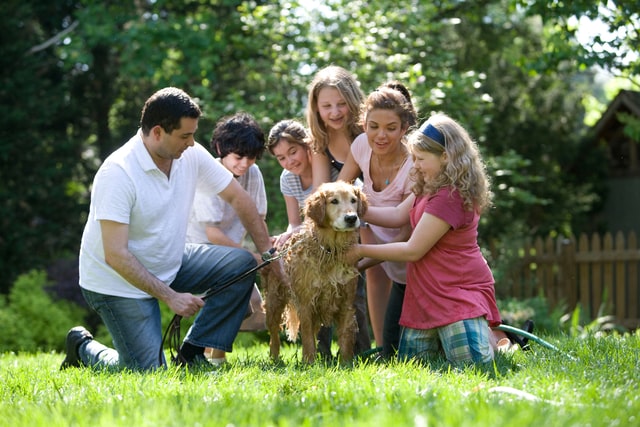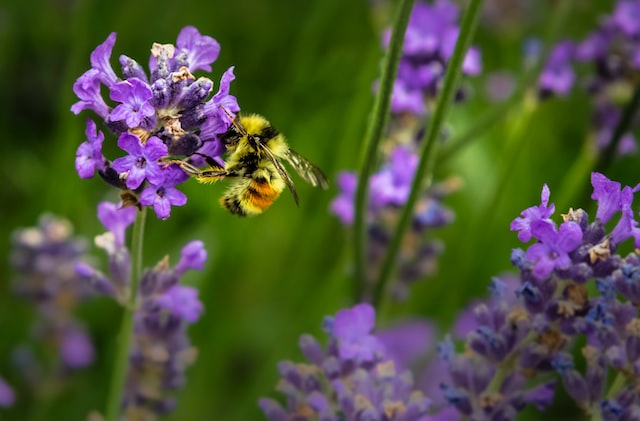Summer is a fantastic time to explore your neighborhood, meet new people and build stronger bonds with your family and community. Some kids go off to a day camp organized by a local organization or away centers, but when it’s time to be at home with the family, it’s time for an activities plan. Parents don’t always have time to monitor every minute of their kids’ day. Studies have shown that leaving kids in front of a television for hours at a time harms their well-being and that outdoor activities can decrease obesity rates, increase vitamin D, lower stress levels and develop stronger immune systems. This guide will give you the tips and tools to help create a healthy and entertaining summer activities plan for your kids.
Indoor activities
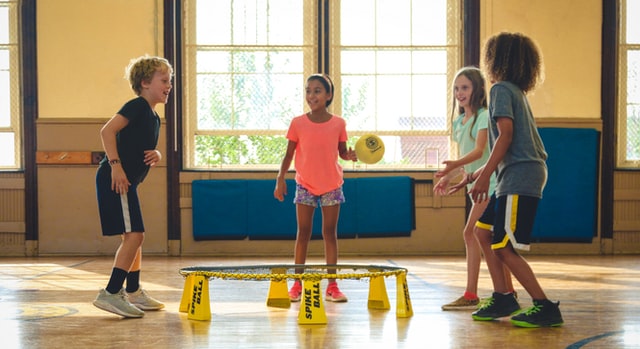
Understandably, not every day during the summer can be an outdoor day. Heatwaves and summer rains can force kids to stay indoors, but that doesn’t mean they should spend the day gaming or watching movies. Outdoor summer activities for kids with special needs and children in highrise communities aren’t as simple as walking into your backyard or the park. Indoor activities with other children can teach kids how to relate to others and develop empathy and interpersonal skills. Indoor activities can be educational and fun and bring new experiences into your child’s life that they would not have if we plunked them in front of a television all day.
Crafts like painting, pottery, and even edible playdough are excellent for kids to work on hand-eye coordination and express their creativity. Also, nature-inspired crafts are ideal for kids to connect with mother nature and learn to love and respect it at an early age. For example, you can create many DIY ideas with simple pinecones. They can be done alone or with a sibling or friend. Add an element of giving by having them make birthday cards for grandparents or aunts and uncles. Don’t forget to include time for clean-up.
Also, you can show them how to create fabric toys, accessories, etc while learning how to sew! I found this article on sewing felt with a sewing machine, and my little niece loved trying it!
You can ditch the gym and instead set up a small gym or obstacle courses to give them physical activity at home. Keep safety at the top of your mind when setting it up, and ensure everyone knows the safety rules.
Not all computer-based games are detrimental to children. Games like Minecraft can teach youngsters basic geometry skills, and there are several apps for tablets that can teach children of all ages the basics of coding. If you do allow gaming, set a time limit and have a plan for after that will get them moving.
Creative play is vital to kids, but some need a little more. Their brains are like sponges and are ready to absorb information, try and have them do STEM activities, that will make a more accessible and fun ride for you and your kids! A clear way to have a great time and still be connected to the topics, without the classic school environment but still a gym to theirs and your brain! Be sure to read this article on the best STEM toys for kids!
- Edible Sugar Crystal Science Experiments!: Kids love the galaxy and everything that has to do with it. Science in a delicious edible way? What is not to love about that! Make with them these sugar edible crystals based on galaxy figures! They will love it and will learn easier.
- Solar System Slime!: OMG! Don’t we love slime and the great things to do with it? Well, add a new one. Make different slime colors and use them on balls to create planets, to learn and recreate Science in the best expression.
- Stop Motion Videos with Jelly Beans!: Have you ever seen these kinds of videos? There is so much work and precision behind them, it will be a high level of concentration and fun at the same time. Just imagine using Jelly Beans to create technology! Not to mention that you can eat them at the end.
- Binary Coding Bracelets with Secret Messages!: Not only will you be teaching or maybe learning about binaries, but also creating a new connection between your kids and yourself with secret messages to let them know you are there for them, they will create a secret code and bond in a strong way.
- DIY Melty Beads Pokemon!: Pokemons and beads, are two favorites that you can combine to make it more fun. The way your kids can develop crafting and hand coordinating is amazing! Creativity and coloring are other targets achieved.
Don’t forget about the simple things like helping around the house. Create a daily and weekly chore chart to teach them important life skills. This can include making their bed, picking up their towels, putting their laundry in the bin, folding and putting away clean laundry, and making sure all the dishes have made it to the kitchen. Older children can help with meal prep, washing the dishes, and doing the laundry. It may not be as fun, but these are still essential skills for children to learn as they help them build confidence in life.
Outdoor activities
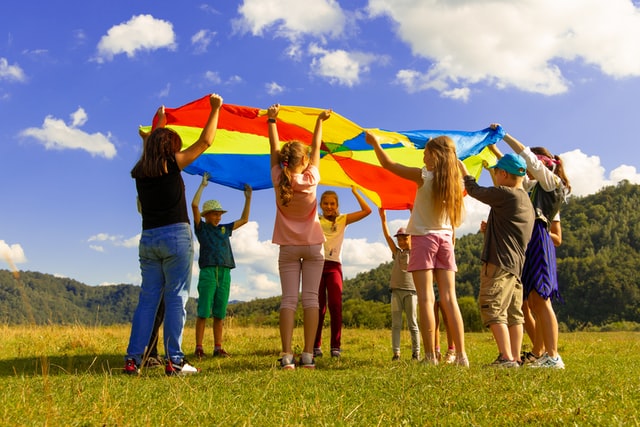
Though we can find positives to indoor play, the best part about summer is still being able to get outdoors. Sports like basketball and soccer only require a ball and a target. A basketball court or soccer pitch will improve their overall skills but practicing hand-eye, or foot-eye coordination can happen with just a ball.
Kids love drawing, and it’s a perfect way to boost their creative sides, but how can they do it outside? Using sidewalk chalk, of course! You can get it in almost every store, and it’s a perfect way to entertain your kids and avoid them getting bored.
Another fun activity could be a scavenger hunt. Select items from around your neighborhood and have them take pictures or bring samples — things like leaves and pinecones or a picture of a mural or something that is the color red. Set a time limit and maximum distance; as always, keep safety in mind and make sure they have a buddy with them.
The backyard is an excellent location for outdoor, home-based learning. It has the added benefit of keeping kids within eyesight. Water-based sprinkler games can keep them cool while they play. Building a project with them like a stage for your budding actor or singer can have lasting benefits throughout the summer. Working on projects with your children can help you learn more about each other and build stronger bonds.
Gardening projects are also fun for children to engage with their natural environment throughout the summer. You can teach your children about positive and negative bugs, composting and soil types, and how to care for plants in general. You can also plant food. This has the added benefit of helping kids develop a better relationship with nutrition and their environment and gain an understanding of better eating habits. Plus, who doesn’t love the crunch of fresh peas plucked from the vine or fresh basil and tomato flatbread. For an extra dose of fun, consider creating a vegetable train, where different veggies can chug along the track of their plates, making mealtime an adventure. If you don’t have a backyard garden, check around your neighborhood to see if there is a community garden you can participate in.
There are outdoor activities you can do at night as well. You can use a fence or wall to create a home theatre like a drive-in movie. Set up a tent, make smores, and eat popcorn, all from the safety and comfort of your backyard. Create a sound-based scavenger hunt and help your little ones identify the sounds of the night and what each nocturnal creature is probably doing, or teach your children about the universe with a stargazing exercise. Create a backyard oasis your entire family will enjoy.
Why not get the whole community involved with a block party. This is an excellent way for the community to get to know each other, meet the new kids on the block, and share a meal. A well-organized block party can create lasting relationships within your neighborhood. Be sure to check with your local police and fire department to see if any permits will be required. Also, you can find more ideas in this article on easy screen-free activities.
While playing outdoor with other kids is a good opportunity to teach our kids that sportsmanship is important and looks different for each family. Even if you are not a competitive family, the underlying principles of kindness, humility, and respect are characteristics we wish to develop in our children.
And while you are out and about with your kids, having a great time, do not forget to take care of your skin while doing outdoor activities, as sun, heat, dirt, sweat, sunburns, and dust can also turn sours your outdoor activities.
Water activities
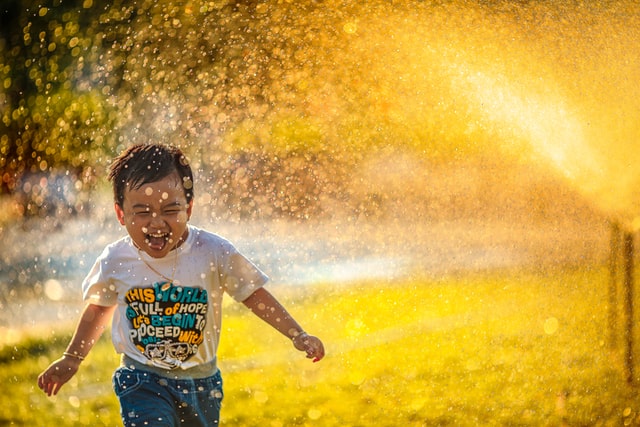
When the temperature climbs, it may be time to explore water-based activities. Water play teaches hand-eye coordination, maths concepts like volume and weight, counting and numeracy, concentration and focus, social and communication skills, and motor and sensory skills. Remember to teach safety during water play. Running on slippery surfaces is dangerous, and water is a precious resource — turn all taps and hoses off when not actively in use.
Most people remember the fun of a balloon toss, but have you ever tried a balloon pinata? Fill up a balloon with water, suspend it and then have the kids take turns trying to pop it with a plastic bat. Don’t forget the blindfold.
Another fun backyard water game is a wet sponge toss. Cut some sponges into long strips and tie them together in the middle so the sponges look like puffballs. Fill up a bucket of water, soak the sponges, and let the fun begin. Try this DIY dunk bucket or set them up with a game of duck duck splash – like duck duck goose, but with a cup of water on the head of the unsuspecting ‘goose.’
There are many home-based educational water activities that can be done with items found around the home. Simple games that involve a kiddie pool and varying cups or buckets can teach about water displacement, volume, and mass. More elaborate experiments like creating a water wheel with cups and a plate can teach about hydroelectricity. Help your knowledge-hungry student get ahead of the curriculum with a STEM-based water project. A water filtration challenge can teach about current issues the planet faces and how water filtration is handled in space.
If you have a swimming pool, why not explore some new games. For their next pool party with friends, have all the kids get into the pool and line up along the edge. While in the pool, have them start walking around the pool, then jogging, then increasing to running. At that point, they should feel a strong pull of the current helping them along. Then abruptly have them change direction all at once to try to run. The current they have generated from going in the other direction will make this almost impossible.
Fun activities for kids with special needs
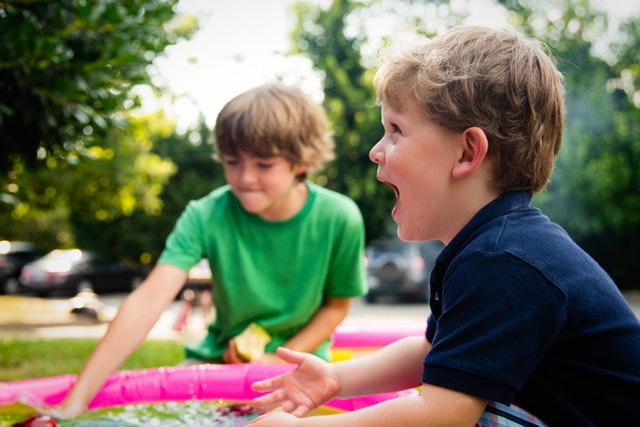
Though there are indeed different challenges when setting up activities for a child with special needs, it doesn’t have to limit the fun potential of the summer. Here are a few options that the whole family can participate in.
- Family picnic – some of the fun with a picnic is picking the items. Choosing the food, bowls, napkins, and location can all be part of the fun.
- Go to a farmer’s market or farm orchard – have them pick their favorite fruit or vegetable and select a market or farm known for that food. This is also a great way to teach them about where their food comes from.
- Crafts day – have the family make letters out of construction paper and practice spelling each other’s names. You can scale this project for each family members learning level by adding tasks like memorizing the family phone number or address.
You can organize the activities by day, location, or weather — on rainy days, make friendship bracelets, and visit museums or art galleries on Mondays. And don’t forget to add some fun with the best summer gear!
Activities for Older Teens

Ensuring Safety and Protection with Home Insurance
As you delve into creating various engaging and diverse summer activities for your family, remember the importance of safeguarding your home and loved ones. Consider the protective measures available through home insurance.
Understanding Liability Coverage:
Many of the activities discussed, especially outdoor play and water-based fun, may inadvertently raise liability concerns. Home insurance policies typically offer liability coverage, which can prove invaluable in cases where accidents occur on your property. Whether it’s a slip-and-fall incident during a backyard scavenger hunt or a mishap related to a water play activity, liability coverage can assist in potential legal expenses and medical bills if someone is injured on your property.
Coverage for Property Damages:
Additionally, your home insurance might cover property damages resulting from some activities. For instance, creating an outdoor theater or building projects in the backyard could impact the property. It’s wise to ensure your policy adequately covers any potential damage from such endeavors.
Reviewing Policy Coverage:
Before diving into the summertime fun, take a moment to review your home insurance policy. Verify the extent of coverage for various scenarios arising from the planned activities. Consider checking for any exclusions or limitations related to specific events or equipment used during these activities. Certain high-value equipment or play structures might necessitate additional coverage.
Safety Precautions and Insurance:
Take necessary safety precautions, adhering to guidelines and rules to minimize the risk of accidents. Simultaneously, understanding the specifics of your home insurance policy and any safety measures it might recommend can significantly contribute to a secure and stress-free summer experience.
While this article primarily focuses on exciting and enriching summer activities for families, it’s imperative to align these plans with a comprehensive understanding of how your home insurance can provide protection and support. Don’t hesitate to consult your insurance provider to ensure your policy aligns with your summer plans and adequately safeguards your family and property.
Remember, safety and protection go hand in hand with a summer full of delightful memories and engaging activities.
Summer activities for kids should be fun, creative, and inclusive. Children learn best with play, so don’t be afraid to add educational elements. Use the ideas in this guide to develop an activity-based plan for your little ones this summer. Keep them safe, keep them hydrated, and most importantly, keep them fun.
